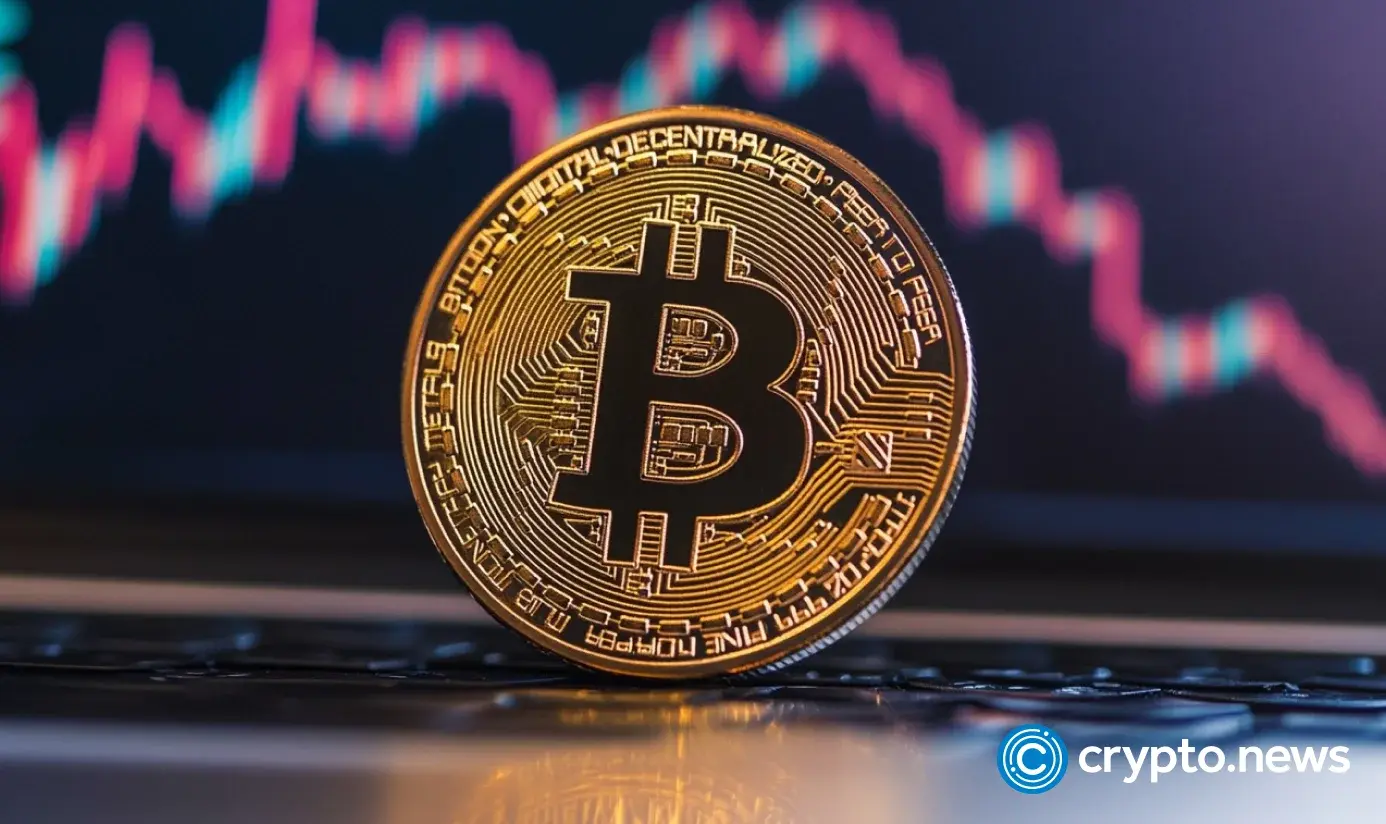
Bitcoin rose 1.4% in the past day to trade at $109,637 on May 26 early Asian hours, as easing trade tensions between the U.S. and European Union lifted market sentiment.
The modest recovery comes after a volatile week in which Bitcoin (BTC) briefly reached an all-time high of $111,814 on May 22 before falling to about $107,500. The asset is still up by 15% in the last 30 days. Derivatives of Bitcoin also saw an increase in market activity.
Data Coinglass shows that 24-hour open interest increased 2.59% to $76.66 billion, while trading volume increased 10.85% to $89.91 billion. Rising derivatives volume and open interest usually indicate renewed trader confidence and a build-up of positions, frequently in anticipation of volatility or upward price movement.
The rebound came after U.S. President Donald Trump announced on Sunday, May 25, that he had agreed to extend a June 1 deadline for imposing 50% tariffs on EU goods. In a post on Truth Social, Trump said European Commission President Ursula von der Leyen had requested more time for trade talks and a new deadline has been set for July 9.
“I received a call today from Ursula von der Leyen, President of the European Commission, requesting an extension on the June 1st deadline on the 50% Tariff with respect to Trade and the European Union. I agreed to the extension — July 9, 2025 — It was my privilege to do so.”
— U.S. President Donald Trump
The announcement followed a brief period of tension. Global markets were alarmed when Trump threatened to implement the 50% tariffs on May 23 if negotiations failed. For the time being, the abrupt reversal has provided some reprieve.
Financial markets responded positively to the decision, with U.S. equity futures edging higher. S&P 500 futures gained 0.9%, Dow futures rose 0.8%, and Nasdaq-100 futures were up 1% in early Monday trading. Gold, meanwhile, dipped 0.3% to $3,346.59 an ounce.
As risk appetite improves, the decline in gold prices points to a move away from conventional safe-havens. This change in sentiment has helped Bitcoin, which is frequently seen as a speculative risk asset.
In the meantime, traders have been able to temporarily reset expectations thanks to the de-escalation, although Trump’s trade policies are still causing uncertainty in international markets. Both the cryptocurrency and traditional markets will be keeping an eye on any new developments in the U.S.-EU negotiations now that the July deadline has been set.


